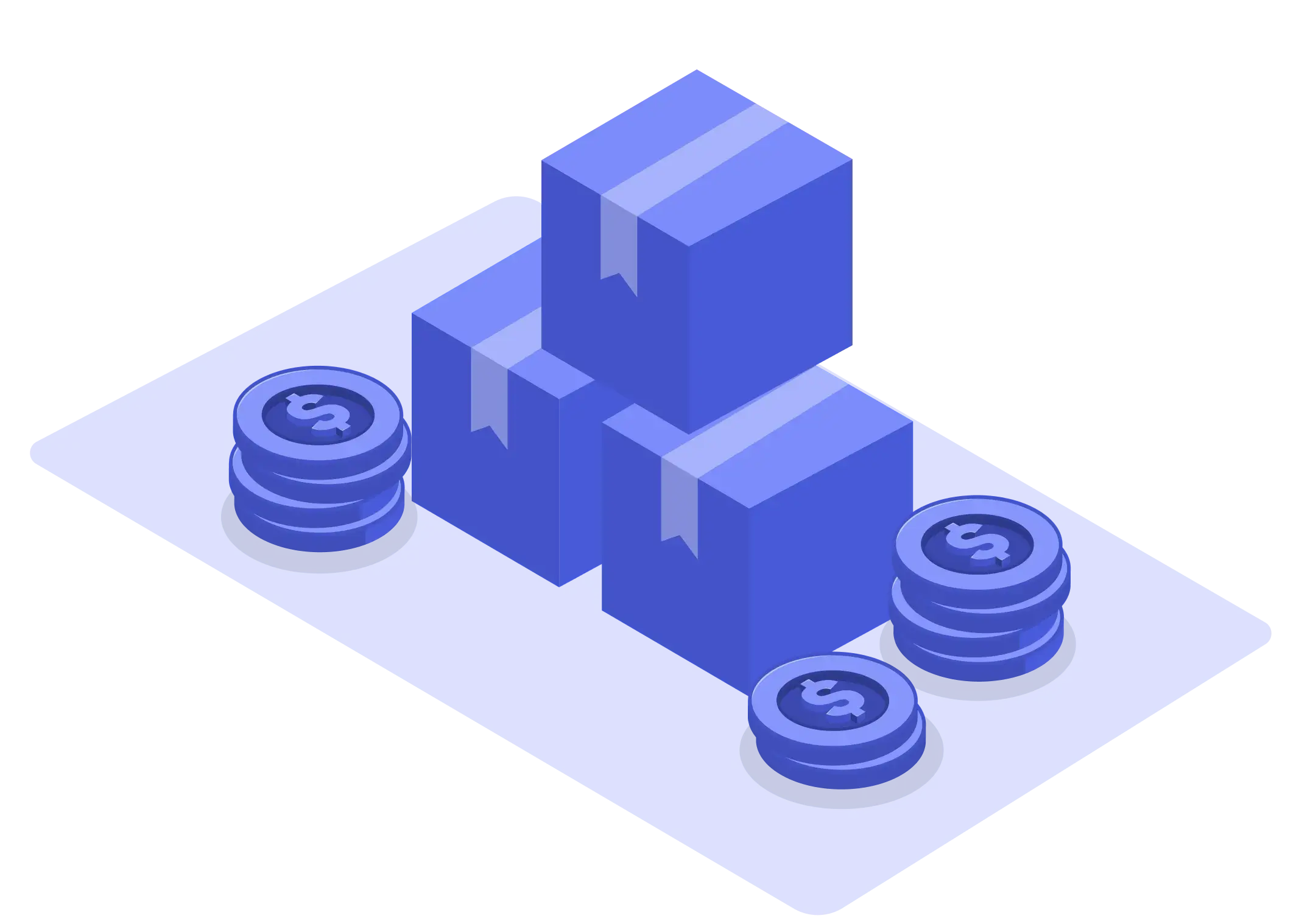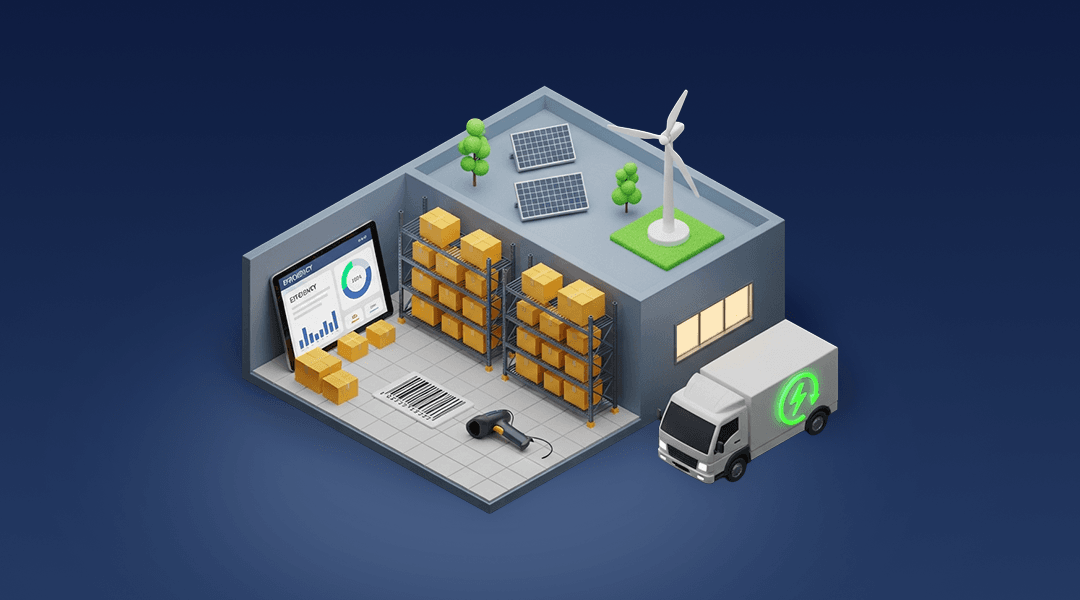Top Features and Benefits of Leveraging Demand Planning Software

Table of Contents
Demand planning software has become essential for businesses seeking to optimize their supply chain operations. The market was valued at USD 8.2 billion in 2023 and is projected to reach USD 15.58 billion by 2030, growing at a CAGR of 11.5%.
Companies leveraging advanced demand planning solutions will likely reduce inventory costs while improving order fulfillment rates. This growing impact is fueling the widespread adoption of demand planning solutions across industries, with Gartner forecasting a 9.3% increase in global IT spending by 2025.
What is Demand Planning Software?
Demand planning software combines advanced analytics, artificial intelligence, and machine learning to help businesses accurately predict future demand for products and services. This technology has become crucial as supply chains grow increasingly complex. Research shows that 79% of companies with high-performing supply chains achieve revenue growth superior to their industry average.
These platforms are the cornerstone of effective supply chain management, connecting various data points to create accurate forecasts and actionable insights. Demand planning software helps analyze historical data, market trends, and other multiple variables. It helps organizations make informed decisions about inventory, production, and distribution.
Key Features of Demand Planning Software
By leveraging advanced technology, demand planning software transforms raw data into actionable insights, making it easier to adapt to ever-changing market dynamics. Below, we explore the key features that make these solutions indispensable for businesses aiming to stay ahead in today's competitive landscape.
Data Integration and Centralization
The foundation of effective demand planning lies in the ability to consolidate and analyze data from diverse sources. Modern demand planning tools integrate all data within the supply chain ecosystem. It establishes a centralized repository of information for all planning. This software can leverage data from varying sources:
- Enterprise Resource Planning (ERP) systems
- Point of Sale (POS) data
- Customer Relationship Management (CRM) platforms
- Market research and competitive analysis
- Weather patterns and seasonal trends
For instance, Omniful's demand planning solution demonstrates this capability through its comprehensive integration framework. This system connects seamlessly with existing ERP systems, point-of-sale data, and marketplace channels. This integration allows businesses to:
- Automatically aggregate historical sales data across all channels
- Incorporate external factors such as market trends and economic indicators
- Synchronize inventory levels across multiple locations in real-time
- Connect supplier data for enhanced supply chain visibility
- Monitor competitor pricing and promotional activities
It ensures that all relevant data flows smoothly into the forecasting engine, providing a comprehensive view of demand patterns.
Predictive Analytics and Forecasting
At the heart of modern demand planning applications is advanced predictive analytics. These capabilities use artificial intelligence and machine learning algorithms that detect patterns and make accurate predictions. According to a Forrester report, 79% of business leaders surveyed have prioritized the adoption of advanced analytics with AI/ML capabilities since 2023. This throws light on just how widespread predictive tech is for demand planning and forecasting. Predictive analytics capabilities include:
- Machine learning algorithms that continuously learn from historical data
- Pattern recognition for identifying seasonal trends and market shifts
- What-if scenario modeling for strategic planning
- Real-time adjustment of forecasts based on new data
- Anomaly detection and automated alerts
Supply Chain Optimization Tools
Supply chain optimization refers to processes and solutions that increase efficiency and speed in supply chain management. Demand planning software includes dedicated tools to help businesses optimize their supply chains. These tools help streamline supply chain operations by providing end-to-end visibility and control, and they become increasingly crucial as supply chains grow more complex and global.
- Real-time inventory tracking across multiple locations
- Automated reorder point calculations based on dynamic demand patterns
- Transportation management system (TMS) integration for logistics optimization
- Advanced analytics for identifying bottlenecks and inefficiencies
- Supplier performance monitoring and optimization
Omniful's integrated OMS (Order Management System) capabilities enhance these optimization features, providing a unified platform for managing demand planning and order fulfillment.
Replenishment Planning
Overall, good replenishment planning balances maximizing inventory on hand against the cost to carry that inventory. Modern demand planning software automates this process with sophisticated algorithms that take multiple variables into consideration at one time. Companies using advanced replenishment planning features may experience:
- Dynamic safety stock calculations based on service level targets
- Multi-echelon inventory optimization
- Automated purchase order generation with supplier constraints
- Lead time variability analysis and management
- Seasonal inventory planning tools
For example, Omniful's inventory management and WMS can help businesses achieve several benefits like:
- reduction in stockout incidents
- decrease in excess inventory
- improvement in inventory turns
- reduction in carrying costs
Collaborative Features
Today, integrated communication and workflow tools that facilitate communication among multiple stakeholders are a central feature in demand planning software. These functionalities allow for efficient orchestration across various departments, suppliers, and partners.
Key collaborative capabilities include:
- Role-based access controls for secure information sharing
- Real-time communication tools for quick decision-making
- Collaborative forecasting workflows with stakeholder input
- Supplier portal integration for enhanced coordination
- Document sharing and version control
Demand Monitoring and Reporting
Comprehensive monitoring and reporting capabilities provide visibility into performance metrics and enable continuous improvement. Moreover, businesses that deploy smart capabilities for monitoring and reporting experience a similar boost in planning efficiency. Modern demand planning software enables users to keep track of processes as well as configure bespoke reporting functions.
Essential monitoring and reporting features include:
- Customizable dashboards for different user roles
- Real-time KPI tracking and alerts
- Automated report generation and distribution
- Exception-based alerting for proactive management
- Advanced analytics for performance optimization
Benefits of Demand Planning Software
Demand planning software has become essential for businesses seeking to optimize their supply chain operations. Modern solutions leverage advanced analytics, machine learning, and real-time data processing to deliver powerful forecasting capabilities. Here's how these supply chain optimization tools drive measurable business value.
Improved Forecast Accuracy
Demand planning software reimagines traditional forecasting with advanced data analytics and demand forecasting patterns. New capabilities within inventory forecasting deliver incredible value across organizations:
- Companies achieve a reduction in forecast errors through AI-powered algorithms that detect market patterns and trends. These advanced features process complex datasets to generate highly accurate predictions that manual analysis often misses.
- Precision in predicting product lifecycles allows organizations to route old stock, thus, reporting a reduction in lost inventory. The software analyzes shifting consumer habits and market indicators to help avoid expensive overstock scenarios.
- When demand planning software helps optimize inventory, service levels improve. Forecasting demand with high accuracy can balance inventory and avoid costs resulting from excess inventory.
Enhanced Operational Efficiency
Modern demand planning software streamlines complex planning processes through intelligent automation. Organizations experience significant productivity gains through key features:
- Smart automation removes the manual forecasting work that could take hours. The software takes care of the time-consuming calculations and data processing which enables planning teams to spend their time on strategic decisions rather than on repeatable tasks.
- Built-in validation rules and system integrations dramatically reduce data entry errors. Supply chain optimization tools ensure data accuracy across enterprise systems.
- Collaborative workflows tie together sales, operations, and finance teams. Greater transparency in forecasts and plans leads to a stronger cross-functional alignment.
- Resource allocation improves through data-driven insights into demand patterns. Teams can optimize staffing and equipment usage based on predicted requirements.
Lower Inventory Costs
Demand planning software delivers substantial cost savings through intelligent inventory management. Organizations implementing these solutions report:
- Advanced stock optimization algorithms decrease inventory carrying costs. The software maintains ideal inventory levels while meeting service requirements.
- Demand planning capabilities match demand peaks and seasonality better, resulting in a reduction in stockouts.
- Synchronized procurement planning enhances the use of working capital. Organizations order inventory based on actual demand signals rather than assumptions.
- Warehouse costs decrease through optimized space utilization. Better demand forecasting leads to more efficient inventory distribution.
Better Customer Satisfaction
Superior demand planning capabilities directly impact customer experience metrics. Key benefits include:
- Order fulfillment rates improve through precise demand planning and inventory optimization.
- Delivery times decrease as distribution networks align with regional demand patterns.
- Product availability improves across channels through intelligent demand allocation features.
- Service level agreements (SLAs) become more reliable through accurate delivery predictions.
- Customer insights deepen as demand planning software analyzes individual ordering patterns and preferences.
How to Choose the Right Demand Planning Software
When evaluating demand planning software features, consider:
- Integration capabilities with existing systems
- Scalability for future growth
- User interface and ease of use
- Mobile Accessibility
- Support and training options
- Total cost of ownership
Businesses that invest in demand planning software gain significant competitive advantages through improved forecasting accuracy, streamlined operations, and optimized inventory management.
The sophisticated features of modern demand planning solutions deliver measurable ROI across the supply chain — from reduced carrying costs to enhanced customer satisfaction. Implementing robust demand planning software provides intelligent forecasting tools organizations need to strengthen their supply chain optimization capabilities and succeed in complex markets.
Look for solutions like Omniful that offer comprehensive features while maintaining flexibility and ease of use. Omniful's platform provides advanced demand planning capabilities alongside robust inventory management and order fulfillment features. Connect with us today for a free demo.
Frequently Asked Questions
What industries need demand planning software?
While retail and manufacturing traditionally lead adoption, demand planning software benefits any industry managing inventory or service capacity, including healthcare, food service, and logistics.
Can small businesses benefit from demand planning tools?
Yes, modern cloud-based solutions like Omniful make advanced demand planning accessible to businesses of all sizes, with scalable pricing and features.
What are the costs of implementing demand planning software?
Costs vary based on business size and requirements. Cloud-based solutions typically offer subscription pricing, while enterprise implementations may require larger upfront investments.























